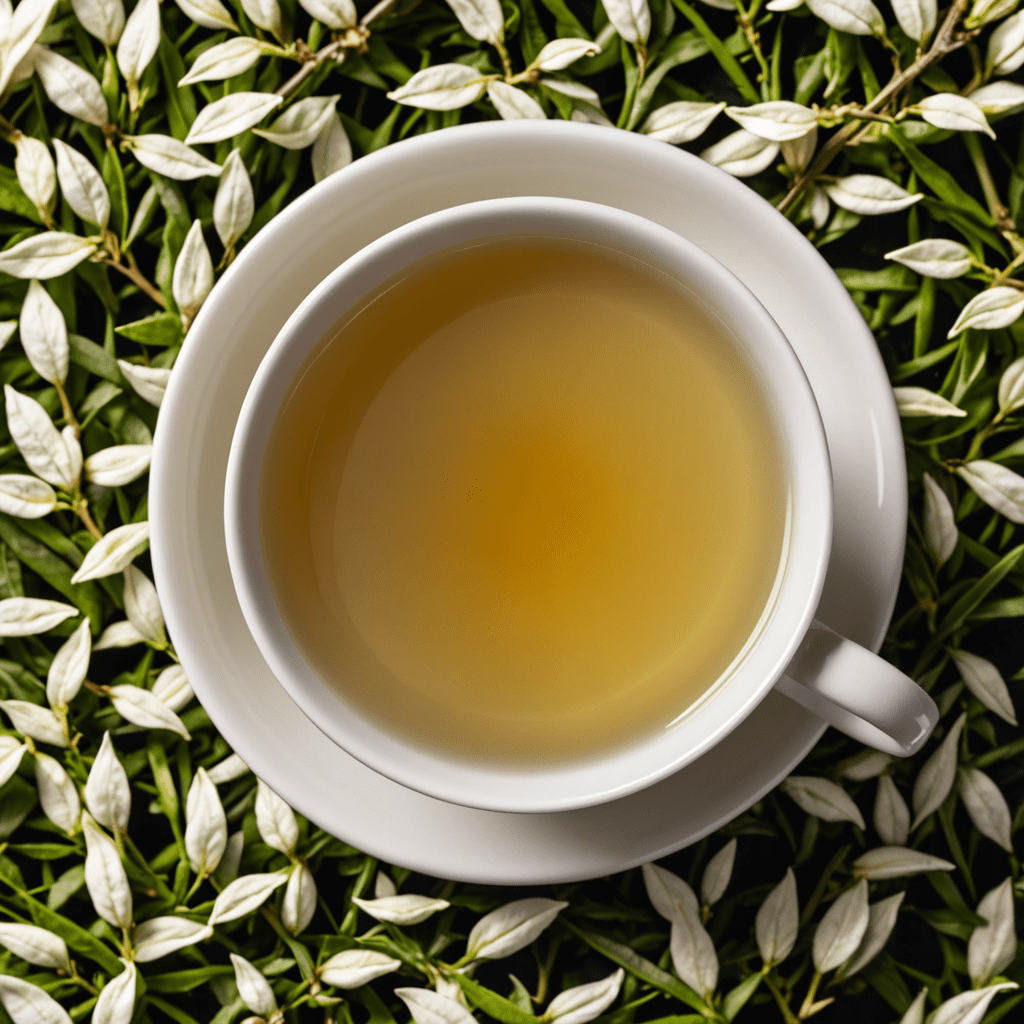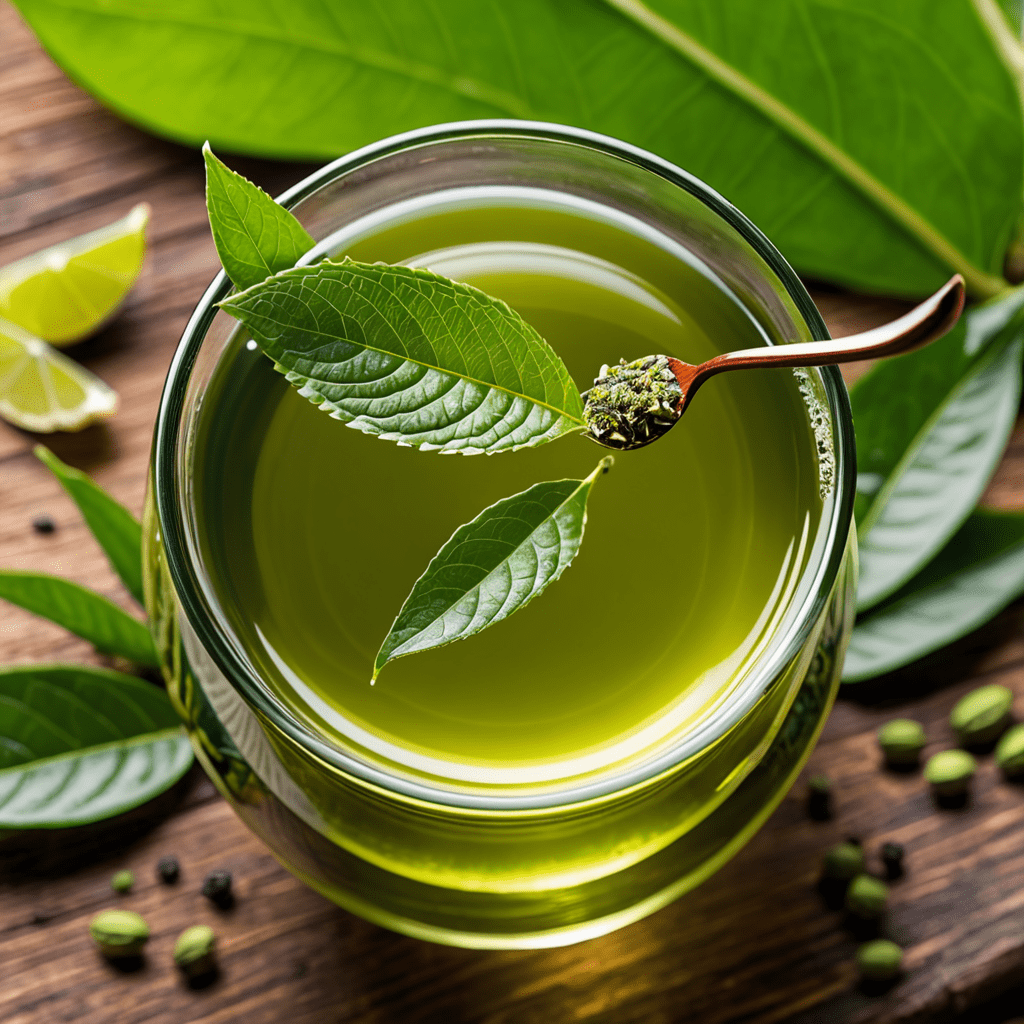
White Tea: The Essence of Tea Serenity
White tea, often revered as the purest and most delicate form of tea, embodies a sense of tranquility and serenity. From its gentle flavor profile to its numerous health benefits, white tea holds a special place in the world of tea connoisseurs. Let’s explore the essence of white tea and why it is cherished by many.
The Origins of White Tea
White tea originated in China centuries ago, where it was reserved for royalty and esteemed guests due to its rarity. It is made from the youngest leaves and buds of the tea plant, which are carefully harvested and minimally processed to maintain their natural state. This minimal processing is what sets white tea apart from other types of tea, resulting in a light and subtle flavor.
The Unique Characteristics of White Tea
White tea is known for its delicate flavors and aromas, often described as floral, sweet, and slightly grassy. The leaves have a silvery-white appearance, which is where the tea gets its name. When brewed, white tea produces a pale golden hue that is both visually appealing and soothing to the senses.
Health Benefits of White Tea
Not only is white tea a treat for the taste buds, but it also offers a variety of health benefits. Packed with antioxidants and nutrients, white tea can support overall well-being. Some studies suggest that white tea may help in improving skin health, promoting weight loss, and boosting cardiovascular health.
How to Brew the Perfect Cup of White Tea
To truly savor the essence of white tea, it’s essential to brew it correctly. Unlike other teas, white tea is best brewed with water that is slightly below boiling temperature, around 160-180°F. Allow the tea leaves to steep for 2-4 minutes to extract the delicate flavors fully. Oversteeping can result in a bitter taste, so it’s best to monitor the brewing time carefully.
Pairing White Tea with Food
Due to its subtle flavor profile, white tea pairs well with a variety of foods. Its lightness makes it a great companion to delicate pastries, fresh fruits, and light salads. When pairing white tea with food, aim for dishes that won’t overpower its delicate flavors but instead complement them.
Exploring Different Varieties of White Tea
White tea comes in various varieties, each offering a unique taste experience. Some popular types include Silver Needle, White Peony, and Jasmine Silver Needle. Each variety has its own distinct flavor profile and aroma, allowing tea enthusiasts to explore a diverse range of white teas.
Embracing the Serenity of White Tea
In a world filled with hustle and bustle, white tea offers a moment of serenity and calm. Whether enjoyed alone as a peaceful ritual or shared with loved ones, the essence of white tea resonates with those seeking a moment of tranquility in their day. Take a sip, inhale the delicate aromas, and let the serenity of white tea envelop you.


